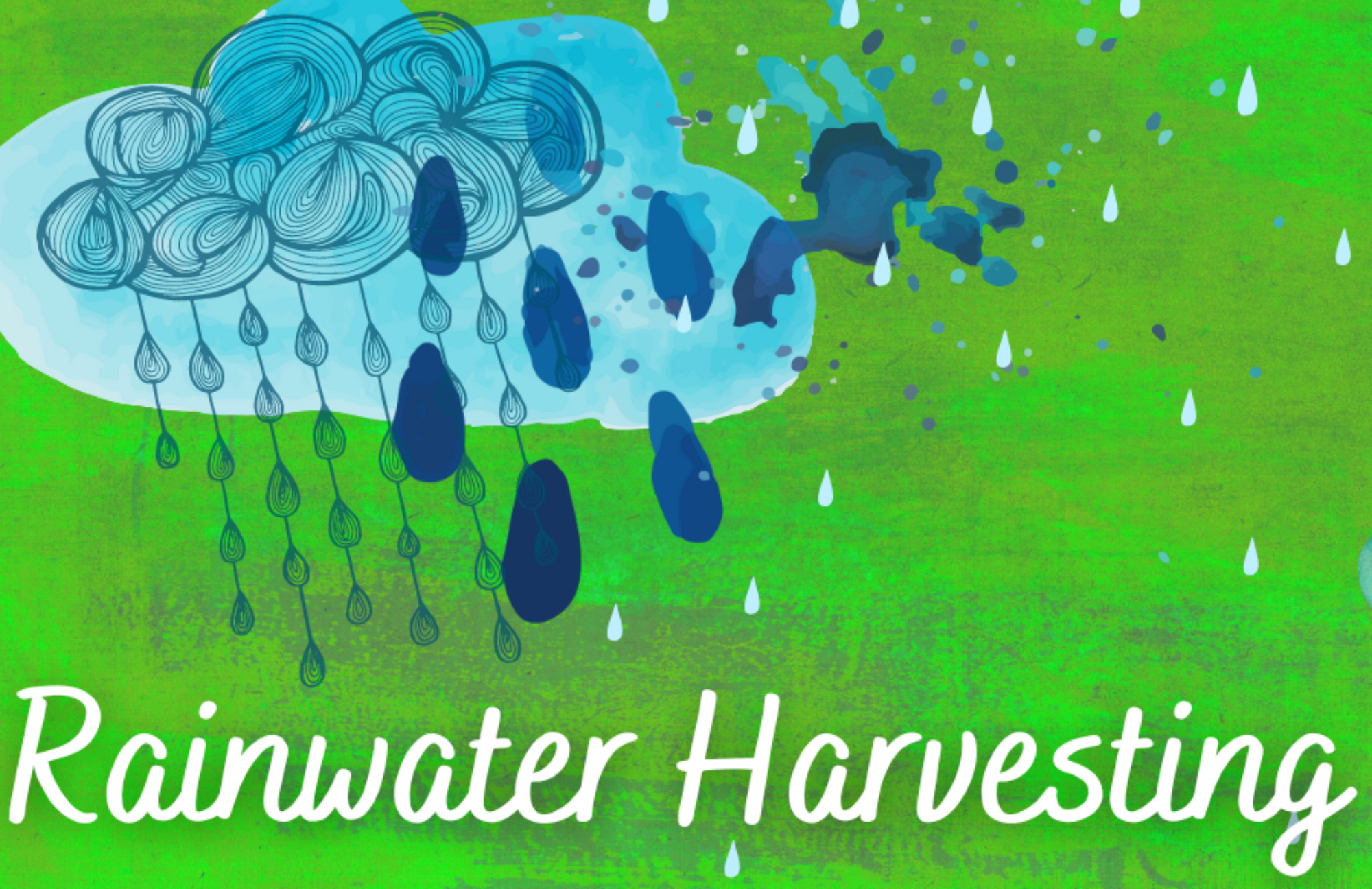Tank Installation & Safety
Following these guidelines will help to ensure your tank runs efficiently for many years to come. Water Storage Tanks for non-potable water uses do not require a building permit under most circumstances.
IMPORTANT TANK SAFETY CHECKLIST
TIPS and safety
- Water weighs 1 kg per litre, or 10 pounds per gallon – full tanks are heavy!!
- It is always a good idea for each tank to have an individual shut off valve in the event of a system leak for any reason.
- If the ground underneath contains organic matter like tree stumps, roots, or topsoil that can become soft and unstable when saturated in winter, the tank can settle unevenly.
- LABEL YOUR TANK: DANGER — CONFINED SPACE.
-
- NEVER enter a tank.
- Do not leave tank open and unattended.
- The air inside may not contain sufficient oxygen to allow a human to maintain consciousness. There are specific guidelines for entering a confined space, and only those with specific qualifications, training, and equipment should do so.
-
- Include safety devices or locked lids to prevent tampering or unintended entry, especially if it is large enough for a child to fit inside (drowning hazard).
- Do not leave a ladder where it could provide easy access to the roof of the tank and inspection hatch.
- Ensure the tank never contained a toxic substance, and that the interior surface of the tank is CSA or NSF approved for potable water
- Ensure the tank is certified by the manufacturer for its intended application
DESIGN OF TANK PAD or GROUND SURFACE
Directly located underneath the storage tank
GUIDELINES:
- Situate tanks on level ground, with suitably prepared “pad” or “base” – this is the foundation.
- Base must be capable of supporting the cistern when full
- Base should consist of compacted sub soil or sand layer covered by a level layer of crushed gravel (¾ – ) at least 10 cm (4 inches) thick in an area at least 30cm (1 ft) wider than the diameter of the tank
-
- No organic matter or topsoil!
- If a cast tank is used, the base should be pea gravel. Pea gravel self levels, and if a compacted gravel is used under a cast concrete tank there is a high percentage of failure – lots of weight, unevenly distributed causes cracking.
-
- HAZARDS: If surrounding ground is not level with the base, even a full water storage tank can shift laterally, potentially breaking pipes or shifting off a pad or tipping in event of an earthquake.
- Engineering approval may be required for tank pads located on steep or unstable sites or close to buildings, or for underground tanks in areas with high groundwater.
TANK SELECTION and SITING
ensure the tanks you choose:
- Can be transported to the site, despite overhanging trees, narrow or winding roads, tight corners, overhead wires or other features that could present challenges
- Are installed according to the manufacturer’s installation instructions, or is certified by a professional engineer
- Comply with the B.C. Building Code, and with the administrative policies of your local building department
- Include an accessible inspection hatch for servicing and cleaning
- Have an overflow pipe located near the top of the cistern that is of equal or greater diameter than the intake pipe.
- The end of the overflow must be directed away from the base of the tank and from house foundations, and to an area protected from erosion where it will not flow onto a neighbouring property.
- If Above-Ground: Tanks should be opaque, black, painted, or located within a building to limit direct sunlight
- Are ventilated to accommodate pressure changes when water enters or exits the tank.
- Have properly sealed openings, inlets and outlets (such as the overflow) to prevent mosquitoes, rodents, groundwater, and other sources of contamination from entering the tank
- Have been freeze-protected at exit fittings and water entries
- larger vents increase the oxygen supply to the stored water
AVOID:
- Installing in the path of surface water runoff
- Installing in a concave area where water could collect around the base and compromise its foundation
- Installing in an area prone to high winds, which could topple an empty tank (especially if constructed of a lightweight poly material)
Optional Tank Features
- Water level indicators – mechanical tank-mounted or remote-controlled, electronic versions
- Floating exit assemblies that collect water from approximately 25mm (10”) below the water surface
- Aeration devices on water entry to add oxygen
- Water-entry smoothing inlets to prevent the disturbance of sediment
- Flexible connecting fittings to allow for tank movement with natural shifts of the earth (these are especially important for multiple underground tanks)

